New York City has a reputation for being tough, but the reality is far more nuanced than the movies suggest. While most of Manhattan, Brooklyn, Queens, and the Bronx are perfectly safe for both tourists and residents, there are still pockets where even longtime New Yorkers exercise extra caution or simply choose to steer clear altogether.
These aren’t necessarily the most dangerous places in the city, but they’re areas where locals have learned through experience that it’s better to take alternative routes or find other options. Here’s a breakdown of 16 neighborhoods that even seasoned New Yorkers tend to avoid.
East New York
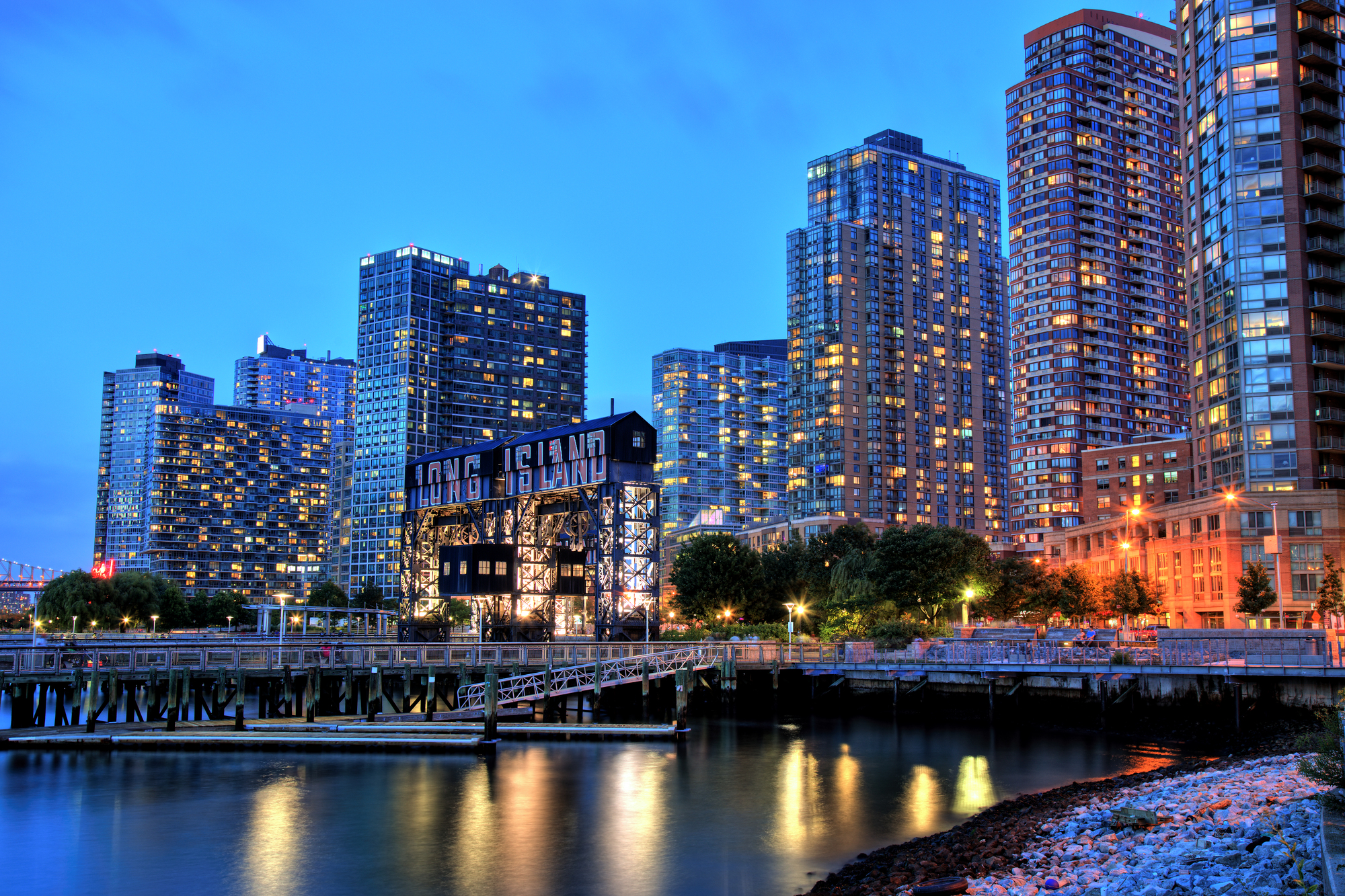
East New York sits at the eastern edge of Brooklyn, and it’s earned its reputation through decades of economic struggle and limited investment. The neighborhood has some of the highest crime rates in the borough, with incidents ranging from petty theft to more serious offenses happening with concerning regularity.
While gentrification has started creeping into nearby areas, East New York remains largely untouched by the wave of development that’s transformed other parts of Brooklyn. Most locals who need to travel through the area do so quickly and stick to main thoroughfares during daylight hours.
Brownsville
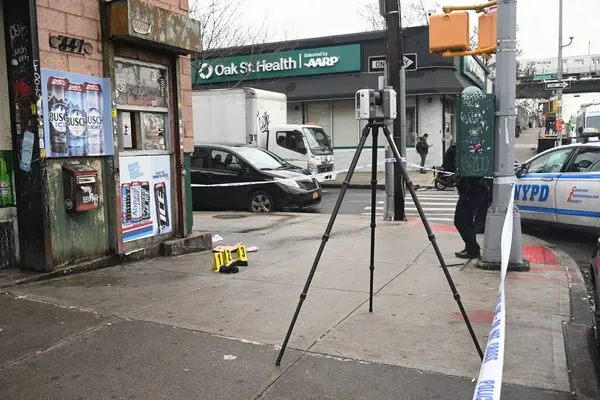
Located in central Brooklyn, Brownsville has been synonymous with urban decay since the 1970s, and despite various revitalization efforts, it hasn’t shaken that image. The neighborhood consistently ranks among the most dangerous in New York City, with violence often spilling onto the streets in broad daylight.
Housing projects dominate the landscape, and many of these complexes have become focal points for criminal activity. Even delivery drivers and rideshare operators often refuse to enter certain blocks, forcing residents to meet them at safer locations on the neighborhood’s perimeter.
Like Travel Pug’s content? Follow us on MSN.
Hunts Point
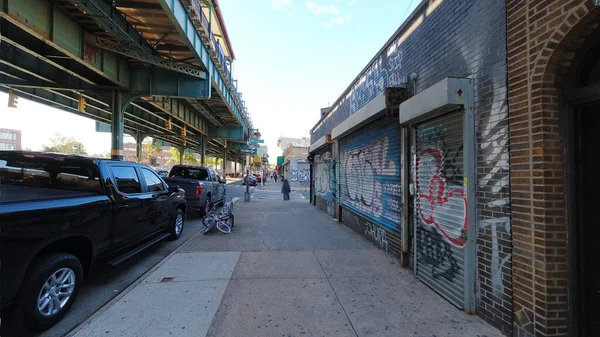
The South Bronx neighborhood of Hunts Point is known primarily for two things: its massive food distribution center and its red-light district. The area becomes particularly sketchy after dark, when the legitimate businesses close and different kinds of commerce take over the streets. Industrial trucking operations during the day give way to a completely different scene at night, one that most New Yorkers prefer to avoid entirely.
The neighborhood’s proximity to major highways makes it a transit point for various illegal activities, creating an environment that even seasoned city dwellers find unsettling.
Mott Haven
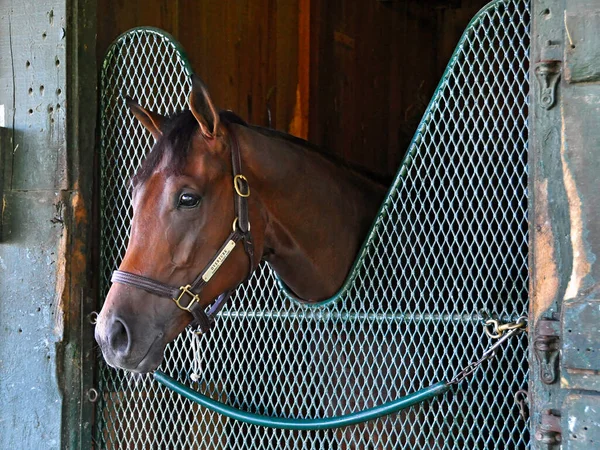
Another South Bronx neighborhood, Mott Haven struggles with poverty, gang activity, and a general sense of lawlessness that permeates many of its streets. The area has seen some investment in recent years, particularly around the waterfront, but the interior streets remain problematic for outsiders.
Drug-related activity is visible and frequent, making casual walking or exploration inadvisable for those unfamiliar with the neighborhood’s dynamics. Many longtime Bronx residents who work in Manhattan will take longer routes to avoid cutting through Mott Haven, even though it would save them time.
Fordham Heights
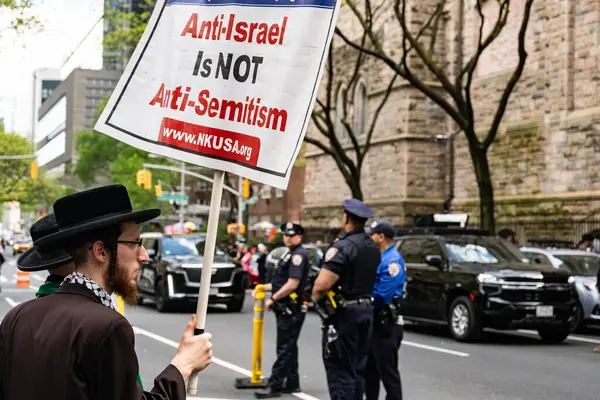
Fordham Heights in the Bronx presents a mixed bag of college students from nearby Fordham University and long-term residents dealing with urban challenges. The contrast creates an odd tension, where you might see college kids walking to class alongside evidence of street-level crime.
Muggings targeting students happen frequently enough that the university issues regular safety warnings about certain blocks. The neighborhood’s hilly terrain and maze-like street layout can make it easy to accidentally wander into more dangerous areas, which is why many locals prefer to stick to well-traveled routes.
Like Travel Pug’s content? Follow us on MSN.
Soundview
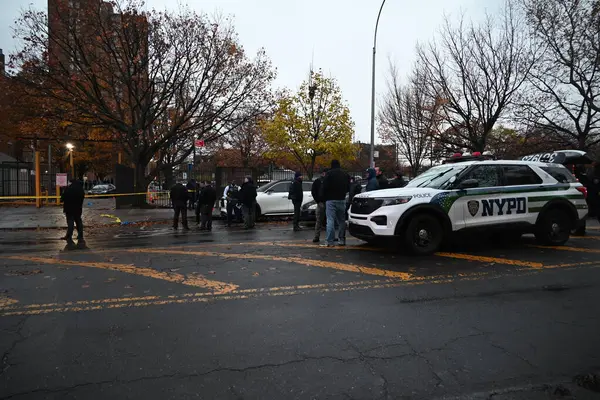
This Bronx neighborhood has struggled with gang violence and drug trafficking for decades, earning it a reputation that keeps most New Yorkers away unless they have specific business there. The area’s housing projects have been flashpoints for violence, with territorial disputes sometimes erupting into public confrontations.
While community organizations work hard to improve conditions, the reality is that random crime affects both residents and visitors alike. Even police officers tend to patrol in pairs rather than alone, which tells you something about the neighborhood’s current state.
Jamaica
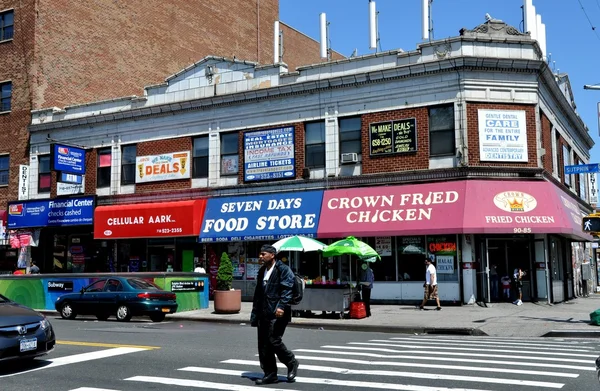
Queens’ Jamaica neighborhood is a tale of two cities, with a bustling commercial district near the subway hub and residential areas that can turn sketchy quickly. The main drags around the transportation center are generally fine during business hours, but venture a few blocks in any direction, and the atmosphere changes noticeably.
Petty crime is common, and the area’s reputation for street robberies means most locals avoid walking alone, especially after sunset. The neighborhood’s proximity to JFK Airport brings a constant flow of travelers with luggage, making them attractive targets for opportunistic criminals.
Far Rockaway
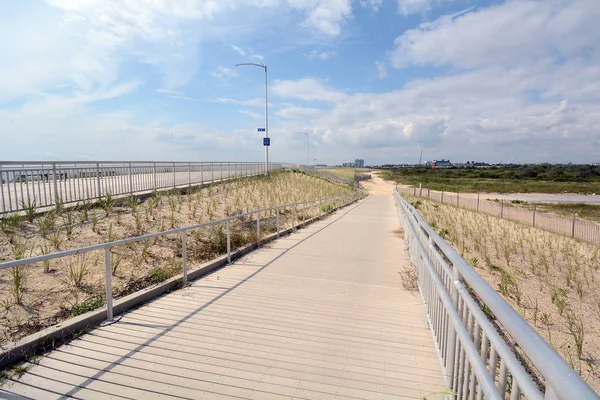
Located at the southern tip of Queens, Far Rockaway feels more isolated than most New York neighborhoods, and that isolation contributes to its problems. The area has pockets of severe poverty mixed with abandoned buildings and limited police presence, creating conditions where crime can flourish unchecked.
Beach access during summer months brings some legitimate foot traffic, but even then, most visitors stick to well-populated areas near the boardwalk. The neighborhood’s distance from central Queens and Manhattan means help can be slow to arrive when problems arise.
Like Travel Pug’s content? Follow us on MSN.
Stapleton
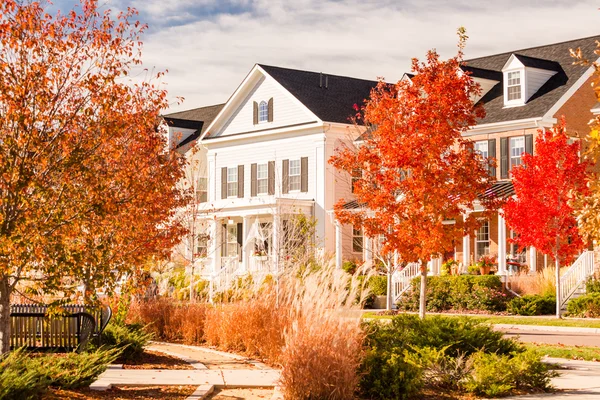
Staten Island’s Stapleton neighborhood has struggled with gang violence and drug-related crime that often spills over into public spaces. The area’s housing projects have been particular trouble spots, with incidents serious enough to make local news on a regular basis.
While some parts of Stapleton are perfectly safe, the unpredictable nature of where problems might occur makes many Staten Island residents avoid the area altogether. The neighborhood’s proximity to the ferry terminal means some commuters pass through, but few linger longer than necessary.
Port Richmond
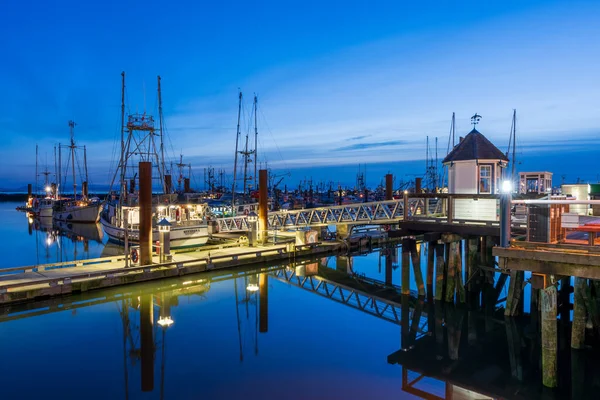
Another Staten Island neighborhood with a troubled reputation, Port Richmond has seen its share of violent crime and drug activity over the years. The area’s main commercial strip has struggled with business closures and vacancy, creating an atmosphere of urban decay that makes many people uncomfortable.
Street-level drug dealing is visible enough that even casual observers notice it, and the associated violence has made headlines repeatedly. Most Staten Island locals know to avoid certain blocks, particularly after dark, when legitimate businesses close.
Washington Heights
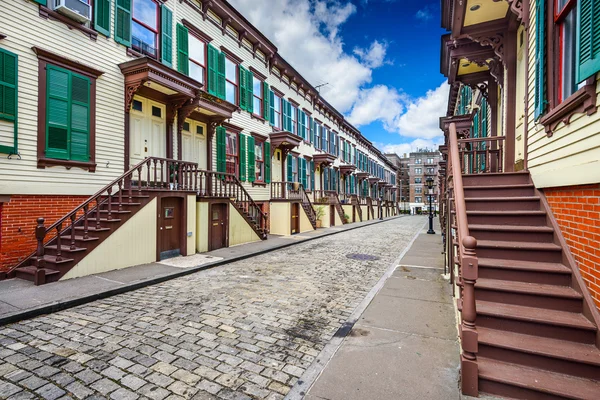
Northern Manhattan’s Washington Heights presents a complex situation where gentrification battles with entrenched urban problems. While parts of the neighborhood have become quite trendy and expensive, other sections remain problematic enough that even longtime residents exercise caution.
Drug activity persists in certain pockets, and the area’s hilly geography creates blind spots where crimes can occur without witnesses. The neighborhood’s size means conditions vary dramatically from block to block, but many New Yorkers prefer to err on the side of caution and avoid areas they’re not familiar with.
Like Travel Pug’s content? Follow us on MSN.
Inwood
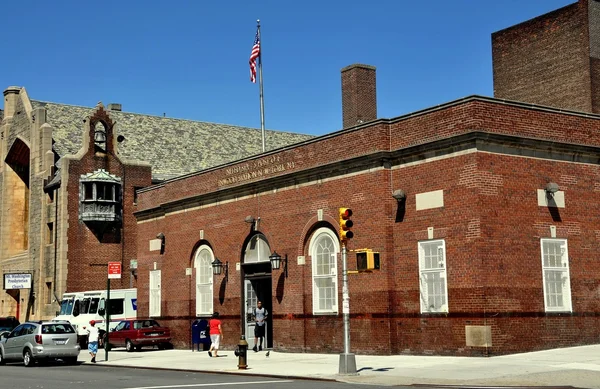
At the very northern tip of Manhattan, Inwood feels disconnected from the rest of the city, and that isolation contributes to its reputation. While the neighborhood has some beautiful parks and decent restaurants, it also has persistent problems with street crime and drug activity.
The area’s limited subway access means fewer people pass through casually, reducing the natural surveillance that helps keep other neighborhoods safer. Many Manhattan residents have never even been to Inwood, and those who have often describe it as feeling more like a small city than part of New York.
Chinatown
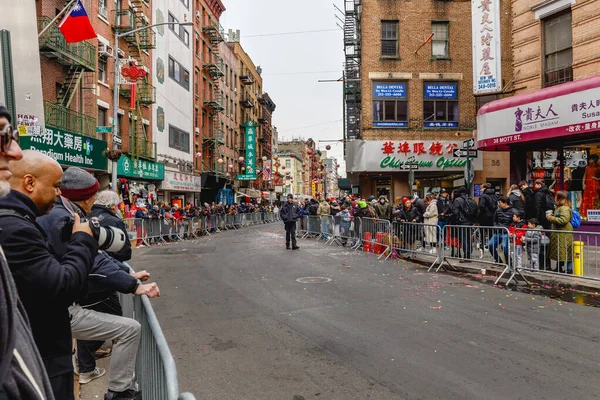
Manhattan’s Chinatown might surprise some people on this list, but locals know that certain sections can be genuinely problematic, especially late at night. The neighborhood’s dense, narrow streets and limited English signage can make it easy for outsiders to become disoriented and vulnerable.
Organized crime has historical roots in the area, and while it’s less visible than in decades past, it hasn’t disappeared entirely. Tourist-heavy areas remain relatively safe, but venture into the residential sections or stay too late, and the atmosphere changes significantly.
Lower East Side
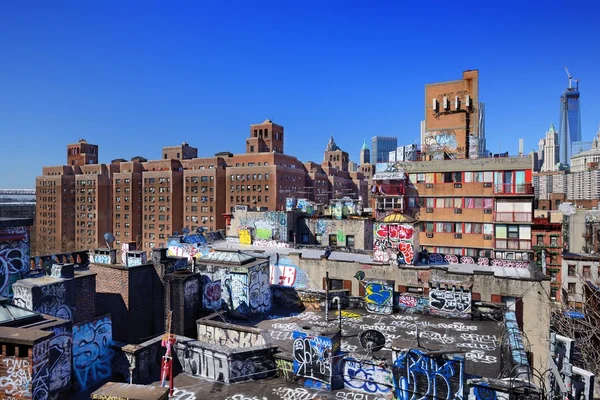
Once the epicenter of New York’s punk and artistic scenes, the Lower East Side has gentrified considerably, but pockets of trouble remain. Late-night partying brings crowds that sometimes include troublemakers, and the area’s numerous bars and clubs can create flashpoints for violence.
While much of the neighborhood is now safe and expensive, certain blocks still have reputations that keep locals away, particularly during weekend nights when alcohol-fueled incidents become more common. The contrast between trendy restaurants and lingering urban problems creates an unpredictable environment.
Like Travel Pug’s content? Follow us on MSN.
Hell’s Kitchen
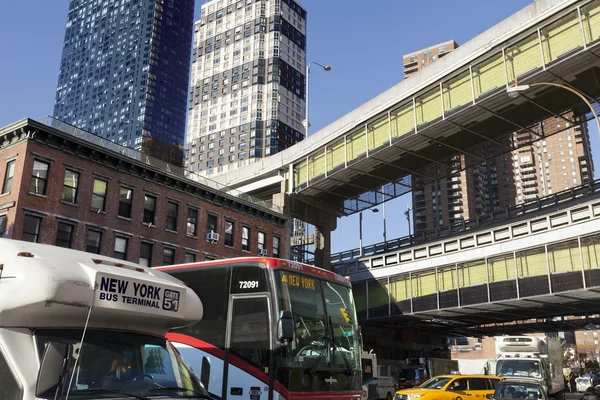
Despite its name, Hell’s Kitchen has actually improved dramatically over the past few decades, but it still has areas that make longtime New Yorkers uncomfortable. The neighborhood’s proximity to the Port Authority Bus Terminal brings a transient population that includes people with various problems and intentions.
While the main avenues are generally fine, some of the side streets can feel sketchy, especially late at night when the theater crowds have gone home. Drug activity and street-level crime persist in certain pockets, though they’re much less visible than in years past.
Alphabet City
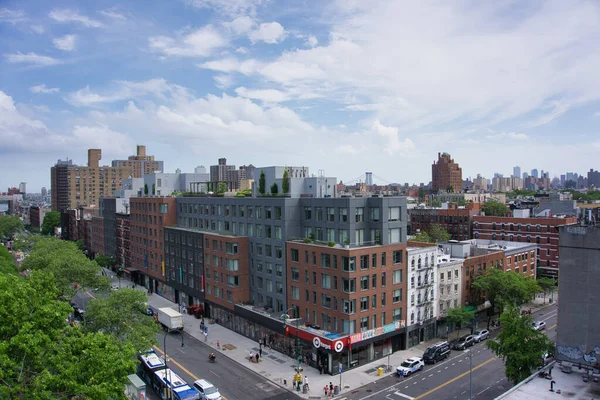
The easternmost section of the East Village, known as Alphabet City for its lettered avenues, has a reputation that varies dramatically by time of day and specific location. While parts of the area have become quite hip and expensive, other sections retain the grittiness that has characterized the neighborhood for decades.
Drug activity remains visible on certain blocks, and the area’s nightlife scene sometimes attracts crowds that include troublemakers. Many locals who enjoy the neighborhood’s restaurants and bars still exercise caution about which streets they walk down and when.
When Reputation Meets Reality
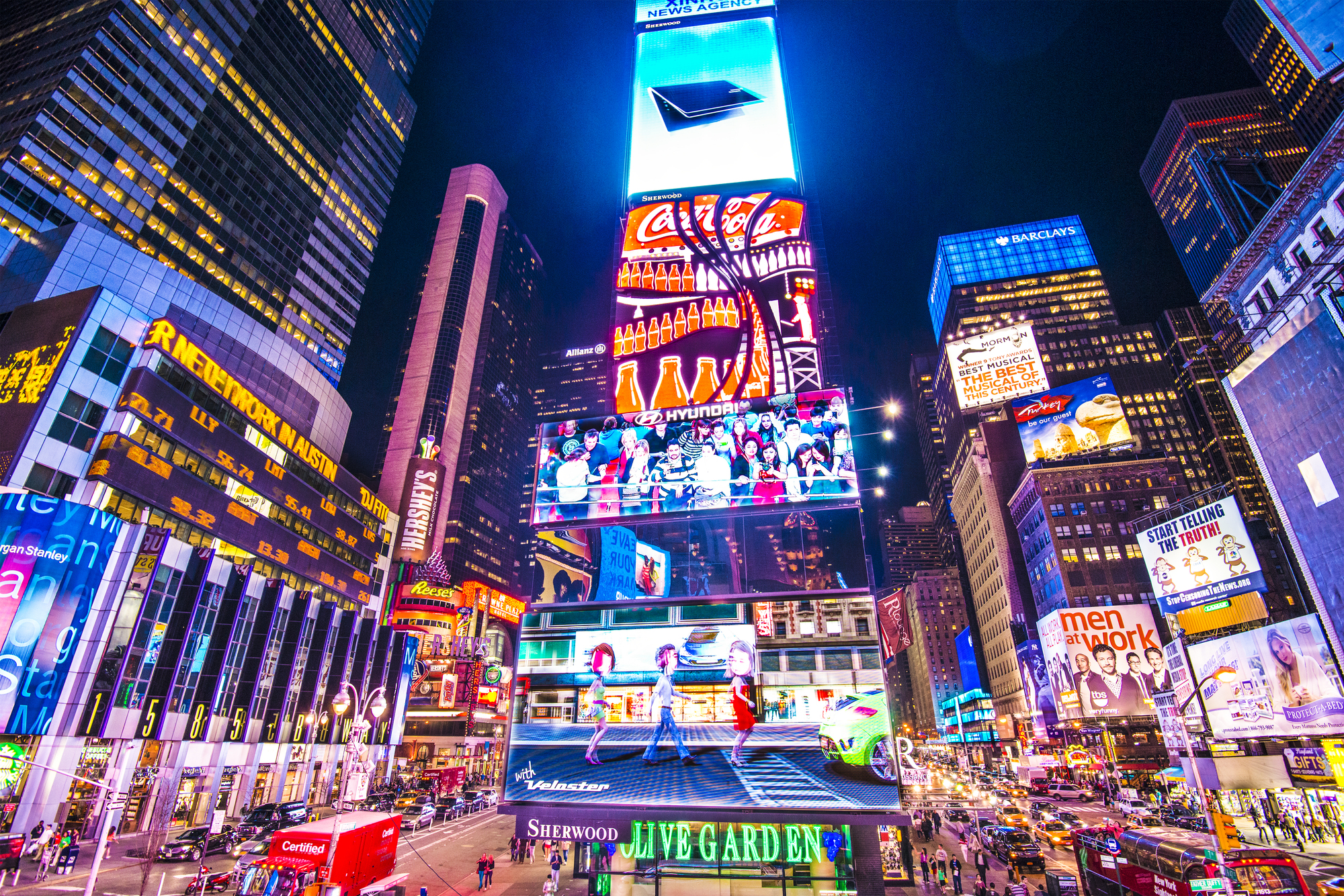
New York’s neighborhood reputations often lag behind actual conditions, but in these 16 areas, locals’ caution reflects ongoing realities rather than outdated perceptions. The city continues to evolve, with some neighborhoods improving while others struggle with persistent challenges that keep even seasoned New Yorkers on guard.
While these areas aren’t necessarily no-go zones, they require the kind of street awareness that comes from years of city living. Understanding which neighborhoods to approach with extra caution remains an essential part of navigating New York like a true local.
Like Travel Pug’s content? Follow us on MSN.
More from Travel Pug

- 20 Best Beach Towns in the Carolinas
- 13 Destinations Where Tourists Regularly Regret Their Trip
- 20 Things You Actually Get in First Class
- 20 Small Airports With Aviation Museums
- 20 Places in the U.S. That Are Perfect for a Reset Trip
Like Travel Pug’s content? Follow us on MSN.
